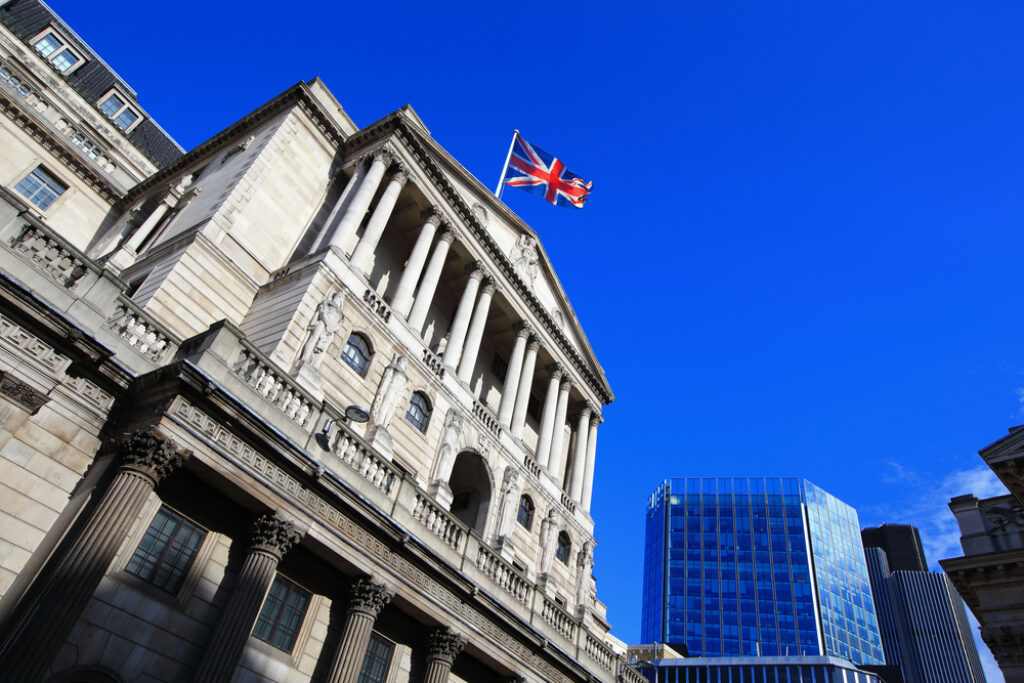It was a very close call, but the Monetary Policy Committee (MPC) voted by a majority of 5-4 to reduce the base rate from 5.25% to 5%.
Four members preferred to maintain bank rate at 5.25% for a seventh consecutive time, after it rose from 5% to 5.25% in August 2023, a 16-year high.
This is the first cut to the base rate since March 2020.
Minutes of the meeting stated that the impact from past external shocks has abated “and there has been some progress in moderating risks of persistence in inflation.”
However, while the committee noted that inflation had fallen back to its 2% target in May and remained at 2% in June, it is expected to increase to around 2.75% in the second half of this year, “as declines in energy prices last year fall out of the annual comparison, revealing more clearly the prevailing persistence of domestic inflationary pressures.”

Wellness and wellbeing holidays: Travel insurance is essential for your peace of mind
Out of the pandemic lockdowns, there’s a greater emphasis on wellbeing and wellness, with
Sponsored by Post Office
It added that the “normalisation in many indicators of inflation expectations” will continue to feed through to weaker pay, while GDP is forecast to fall below potential as the labour market eases further.
The committee noted: “There is a risk that inflationary pressures from second-round effects will prove more enduring in the medium term. A stronger-than-expected path for demand, and structural factors such as a higher equilibrium rate of unemployment, could affect domestic wage and price-setting more persistently. Furthermore, the degree of restrictiveness of monetary policy could be less than embodied in the committee’s current assessment.”
Impact of base rate cut for mortgage holders
Victor Trokoudes, founder and CEO of smart money app Plum, said the small cut will bring some relief for mortgage holders, particularly those with tracker mortgages and standard variable rates (SVRs).
“As for those looking to buy or remortgage, we’ve already seen offers drop back below 4% for the first time in many months. This is in line with lower swap rates combined with increased competition. Lower interest rates on mortgages should add a bit of buoyancy to the housing market as we head out of the quieter summer months,” he said.
However, Trokoudes said that while this is generally good news for anyone looking for a mortgage, “that’s not to say people will see a huge improvement to their day-to-day finances”.
He said that interest rates on mortgages remain at a high level in real terms, even with these small decreases.
For example, a two-year fixed rate mortgage at 75% LTV was 2.87% in June 2022, but now, two years on, it’s increased to 5.16%. For a 25-year £200,000 mortgage, that means an extra payment of £252.95 per month (£1187.90 versus £934.95), “which is a substantial increase”.
According to Laura Suter, director of personal finance at AJ Bell, today’s rate cut “is more symbolic than material”.
She explained that the circa 643,000 people on tracker mortgages will see a small drop in monthly costs, but it “won’t have a dramatic impact on anyone’s finances”.
Someone with a £125,000 tracker mortgage over 25 years will see a £17 drop in their monthly payments as a result of a 0.25% cut today, while someone with £400,000 of borrowing over 25 years will see around £56 chopped from their monthly repayments – amounting to around £670 a year off their mortgage bill.
Impact of base rate cut for savers
As for savers, “it’s really important to take advantage of higher rates now as the direction of monetary policy is clear, even if the pace isn’t”, he added.
“Rates on saving accounts remain high for the moment and many are higher than inflation, so it’s worth making sure your money is earning as much as possible. Cash ISAs also continue to be a popular option for those looking to stay tax-efficient, with the Bank of England’s most recent Money and Credit report showing that households deposited an additional £3.4bn into ISAs in June.
“It is also worth considering locking in your money with a high-rate fixed account, though now rates are dropping, you’ll need to move fast to find one that is favourable,” he added.
Mark Hicks, head of Active Savings at Hargreaves Lansdown, said today’s rate cut “shouldn’t do much damage”, but what really matters for fixed rates, both now and in the coming months, is what happens around expectations of rate cuts in the future.
“If the Bank of England decides to cut rates twice and then pause, we should see minimal disruption to the savings market. More consistent rate cutting of four or more would drive greater savings rate change.
“Longer-term savings rates give the clearest indication of where the market expects things to settle, and with three-year and five-year fixed savings rates at 4-4.5%, the market is currently not predicting any significant falls below these levels,” he added.




